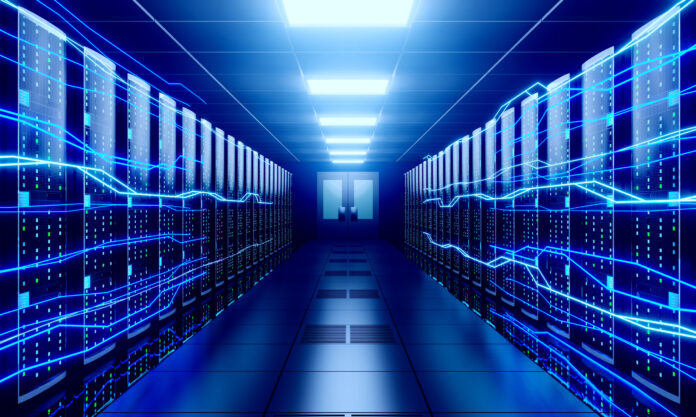The IEA report predicts that AI processing in the U.S. will need more electricity than all heavy industries combined, such as steel, cement and chemicals
In brief – why this matters
–AI is set to double electricity demand from data centers by 2030, reaching 945 TWh — more than Japan’s total consumption today, according to the IEA.
-In countries like the U.S., AI will drive nearly half of electricity demand growth, surpassing heavy industries, while also raising concerns about energy security and critical mineral supply.
-AI could help reduce emissions and improve energy efficiency, with the IEA calling for investments in power generation, smarter grids and data center efficiency.
Artificial intelligence (AI) is expected to double global electricity use from data centers by 2030, according to a new report from the International Energy Agency (IEA).
At the same time, AI offers big opportunities to make energy systems more efficient, reduce costs and cut emissions, the report stated.
The IEA’s Energy and AI report predicts that data centers will use around 945 terawatt-hours (TWh) of electricity in 2030 — which is more than Japan uses today. AI is the main reason for this growth, especially as more AI models are trained and used at scale, IEA said.
In countries like the United States, nearly half of all electricity demand growth by 2030 will come from data centers. The report says that by then, AI processing in the U.S. will need more electricity than all heavy industries combined, such as steel, cement and chemicals.
To meet this demand, a mix of energy sources will be used, with renewables and natural gas playing the biggest roles due to their cost and availability.
“AI is one of the biggest stories in the energy world today – but until now, policy makers and markets lacked the tools to fully understand the wide-ranging impacts,” said IEA executive director Fatih Birol.
The new IEA report warns that AI could also create new energy challenges. Cyberattacks on energy companies have tripled in four years, with AI making them more advanced. However, AI can also help defend against such threats. It may also cause higher demand for critical minerals, which are used in the hardware of data centers, the report said.
Still, AI could help reduce emissions by improving energy use and speeding up innovation in clean technologies like solar panels and batteries, it added.
“With the rise of AI, the energy sector is at the forefront of one of the most important technological revolutions of our time,” said Birol. “AI is a tool, potentially an incredibly powerful one, but it is up to us – our societies, governments and companies – how we use it.”
To make the most of AI, the IEA recommends investing in new power generation, building better energy grids and improving data center efficiency. The report builds on work from the IEA’s 2024 Global Conference on Energy and AI and the AI Action Summit.
The IEA also said it will also soon launch a new Observatory on Energy, AI and Data Centers, which will gather the most comprehensive and recent data worldwide on AI’s electricity needs, in addition to tracking cutting-edge AI applications across the energy sector.
One of the biggest challenges that AI data centers face is the enormous power consumption they require. Unlike traditional data centers, which primarily handle storage and processing for standard enterprise applications, AI data centers must support intensive workloads such as deep learning, large-scale data analytics as well as real-time decision-making.
As AI adoption continues to expand, so does the need for energy-efficient solutions. While power demands are a major challenge, innovations in hardware design, renewable energy and cooling technologies offer promising ways to mitigate their environmental impact.

